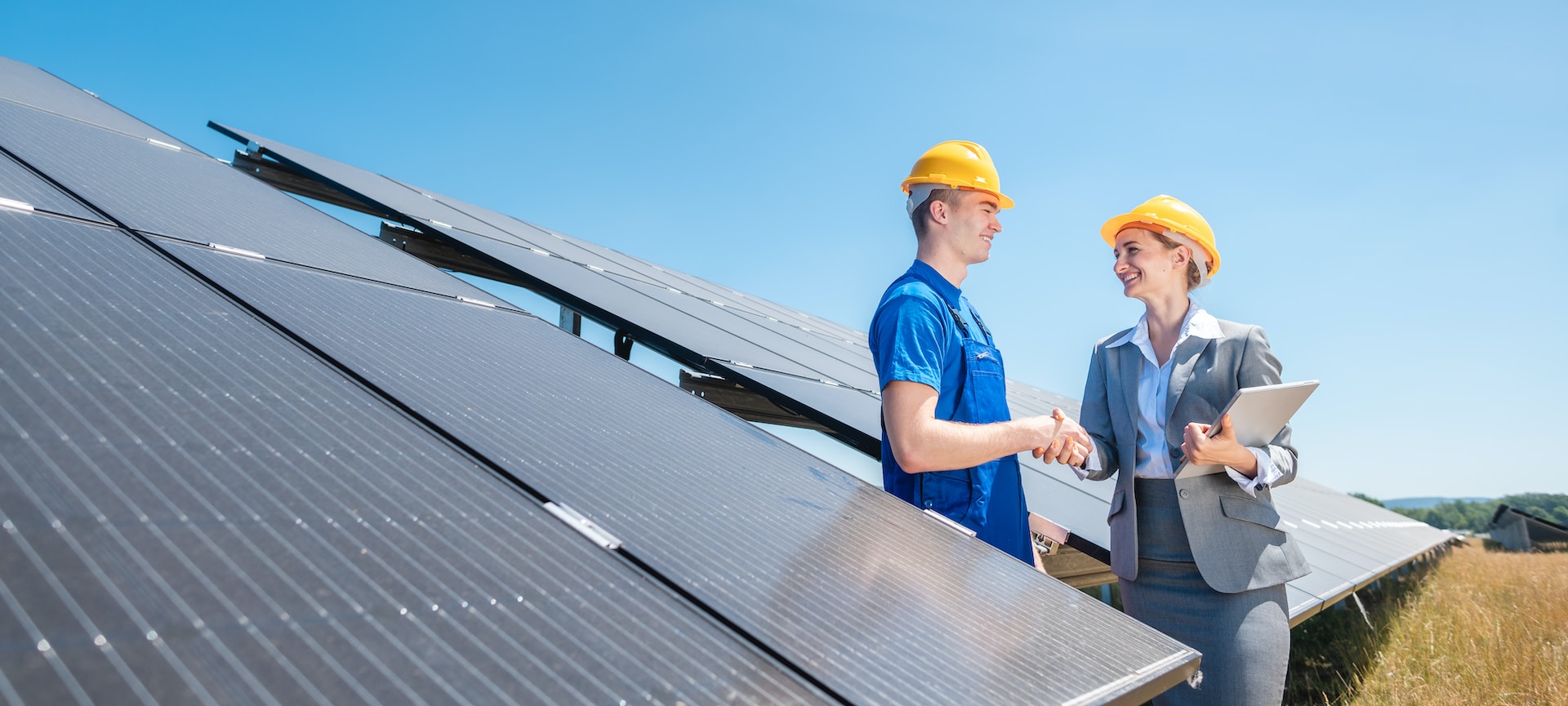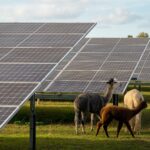Entering an agreement with a solar project developer can be daunting; the contracts are complex, and the agreement is designed to last decades. Our team has broken down the most common agreement terms and outlined what landowners can expect.
First, it’s important to note that although there are only two parties to the agreement (the landowner and the developer), the document contains language and clauses designed to address the requirements of the two silent stakeholders in the project: the finance party (lender) and the utility. Both have a vested interest in the success of the endeavor, and developers must make sure they fulfill their expectations – or the project won’t be feasible at all.
With this in mind, you will find much of the standard agreement language is required by the financial and utility entities that make the project possible. There will also be language that will allow the developer to adhere to the requirements of the government entity or entities with jurisdiction over the zoning, taxes, incentive programs, and other considerations: the state, county, and/or township.
The due diligence or “option” period for a project is long, often taking years, and some landowners wonder if this is the period where the developer decides if they want to do the project. We can clear that up right now; the developer wants to build the project. The due diligence period is to determine if they can get the project done. It may seem redundant, but the studies, surveys, and approval processes required are in place to protect the land and the community around it.
Here are the issues that landowners often ask us about that directly relate to their interests.
Taxes
Generally, the landowner’s property taxes should not be impacted by the project. In many cases, the project’s boundaries will be carved out of the property parcel, creating a special tax parcel that will be taxed based on the new usage and the improvements. This does not imply a subdivision of the parcel (which is typically not necessary), rather a tax parcel number that would be the responsibility of the project owner. The increase in taxes based on the construction, maintenance, and operation of the project would be the responsibility of the developer.
Crops
When applicable, the solar agreement should include language to account for crop damage/loss reparations, either during the diligence period or for construction. Damage during the diligence period is very unlikely. That said, the developer should not have a problem including language providing that protection. Damage during growing or harvest season due to construction should also be covered. Typically, the developer will either pay for the crop area they affect or simply wait until the harvest is complete to begin. Documented market value is the standard reparation.
Decommissioning
Despite their length and scope, solar facilities are temporary in nature. Language for removal, restoration, and/or decommissioning should be in the agreement.
Decommissioning is actually a relatively simple process. Contrary to what many people imagine, ground-mounted solar projects are minimally invasive to the land. In most cases, pilings are driven to a depth typically in the six to eight-foot range. The panels are then installed above ground on those pilings. The panels are large and spread out. Remarkably, only 1/200th of every acre utilized is penetrated by the pilings. The landowner should be able to resume the original (or new) commercial activity very quickly after decommissioning.
Transfer of the Agreement
Some landowners worry about a transfer of the solar agreement to another developer during the course of the contract. This is a common practice, just as residential mortgages are often sold several times during the course of a 30-year loan.
We can reassure you that the entities able to purchase projects are limited, and they’re usually bigger and more established companies than the original developer. They will be just as capable of operating the project, and the terms of the agreement will be honored to the letter by the new company, so there’s no cause for concern.
By the way, the landowner has every right to sell the property during the term of the project as well. The agreement exclusively pertains to the land, and both parties have the right to transfer their interest to someone else during the course of the project.
Contracts are designed both to outline the rights of both parties and to protect them. They also limit the parties’ ability to change the terms unilaterally; the developer can’t decide to add on acreage or change the payment schedule, for example. Similarly, the landowner can’t build or grow something that blocks the sunlight from the panels.
These are common sense provisions that an agreement takes time to spell out, along with provisions for flexibility and compensation in the event any changes are made by the parties. It’s in everyone’s best interest to have a specific and comprehensive agreement in place. It protects the financial interests of both parties and mitigates the risks to the project’s success.
We're Here to Help!
Are you a landowner interested in solar leasing, but not sure where to begin or what development company to trust? That’s where Scout Land Consultants comes in.
Acting as a mediator, Scout Land Consultants seeks to assist both developers and landowners to integrate solar development, ensuring that each party experiences satisfactory conversation and establishes a comprehensive agreement. With over 1,000 land agreements negotiated, you can trust our team to get your conversation started.






